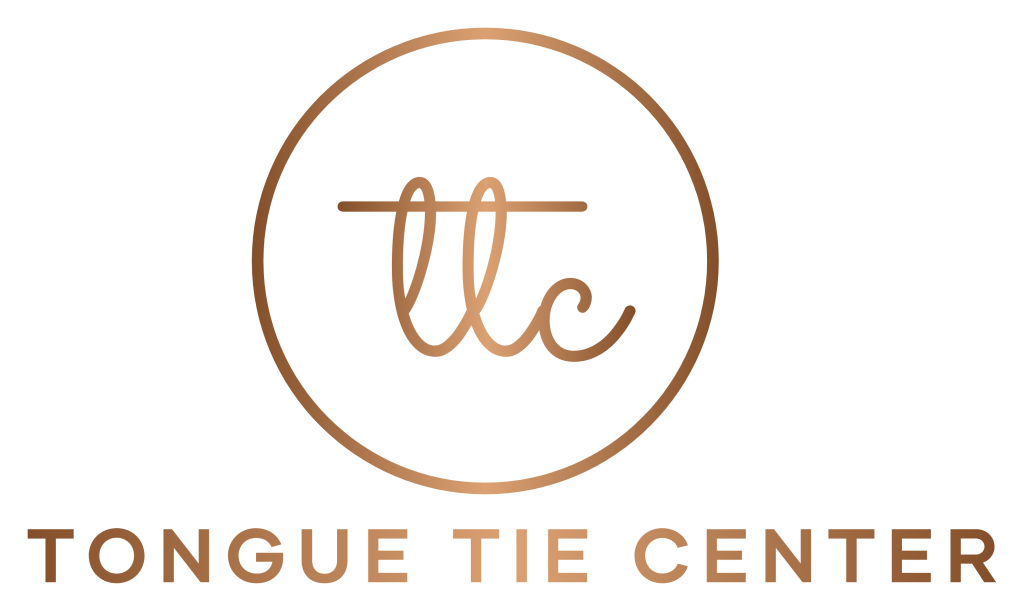
Ah, the joys of motherhood. It’s a phrase we often hear, motherhood is a series of one surprise after another. What happened to those tranquil scenes of mothers quietly nursing in rocking chairs?
If there were a list of the top romanticized aspects of motherhood, breastfeeding would compete for the top spot. Though at times, breastfeeding can be a challenging and complicated process.
It wasn’t until days later that I suspected something wasn’t right. I learned on a second visit with my lactation consultant that the issue was my baby’s latch. Apparently grabbing and sucking isn’t enough to properly feed. There are methods to be learned, and learning those methods worked wonders for both myself and my son.”
Knowledge is a powerful tool for mothers, so here are some latching solutions for you and your little one.
Click here to schedule a free tongue-tie consultation.
Finger Massage Techniques. While your baby is crying, stick your finger into your baby’s mouth with your finger nail facing down to avoid scratching the roof of the mouth. This technique helps to pacify your baby long enough for you to gather your nerves and to prepare yourself to try some new techniques.
If your baby is still fussy, try giving him a good swaddle and moving to a darker, less stimulating area of the house. I’ve also found that white noise like running water or a vacuum cleaner works wonders for calming babies down; just be sure he doesn’t fall asleep on you.
Sweeten The Deal. Squeeze a few drops of colostrum at the point of contact to draw your baby in. Fussy babies sometimes need a stronger sensory cue to get them to feed.

Gentle Stimulation. Flat or inverted nipples can make latching a challenge. A breast pump, hand or electric, can help with elongating your nipples, making it easier for your baby to latch on. For engorged breasts, expressing some milk with your hand or a breast pump will help to soften the tissue around your breast making it easier for your baby to properly latch on.
Full Latching. The problem with my initial breastfeeding experience was that my son would begin feeding at the very tip. As adorable as a newborn tongue may appear to be, it may as well be sandpaper, after a few days, no amount of moisture or lubrication will make a difference. Be sure that your baby is fully latched on. Your nipple is not the goal, your areola is.
Ask For Help. Even if you’ve had an initial visit with a lactation consultant, don’t be ashamed to meet with her again if things don’t seem to be going well. You’re not required to be an expert and neither is your baby. If you’re experiencing excruciating pain or severe engorgement, it may be a sign that adjustments should be made. Nursing should be a beautiful bonding experience and you get to seek out the resources to make that happen.

Other circumstances. There are other circumstances like large nipples, large breasts, Down Syndrome, and tongue-tie (ankyloglossia) which may require assistance from trained specialists. While these factors can make breastfeeding your baby more challenging, it certainly doesn’t make it impossible.
If you are having difficulty, contact a specialist for a lip/tongue tie evaluation to see if a laser revision would help you and your baby.
Where are you in your breastfeeding journey? Are you simply preparing or are you already on your way? We’d love to hear your experience and please share any helpful tips that you’ve found in the comments below.

